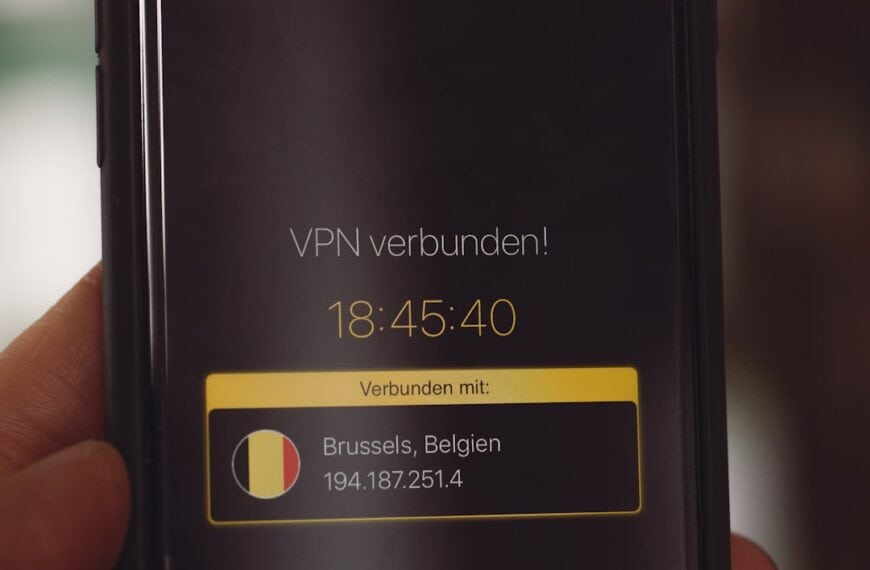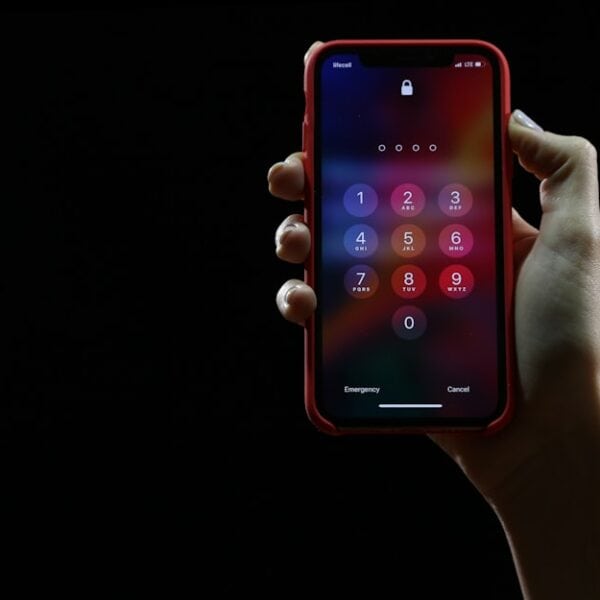Cyber Security
-

Ensuring Cloud Server Security: Best Practices
Cloud server security is a critical concern in the modern digital landscape, as businesses increasingly rely on cloud services for data storage and management. Protecting a company’s cloud server is essential for safeguarding sensitive information, preventing unauthorized access, and maintaining data integrity and availability. Security breaches in cloud servers can lead to significant consequences, including…
-

Gartner ZTNA Magic Quadrant: Navigating the Zero Trust Network Access Landscape
Zero Trust Network Access (ZTNA) is a security model designed to address the limitations of traditional network security approaches. The core principle of ZTNA is to never automatically trust any user or device attempting to access the network, regardless of their location relative to the corporate perimeter. Every access request must be verified and authenticated…
-

Brute Force WordPress: Protecting Your Site from Attacks
Brute force attacks are a prevalent cybersecurity threat where attackers attempt to gain unauthorized access to systems or websites by systematically trying all possible combinations of usernames and passwords. This method relies on the sheer volume of attempts rather than exploiting specific vulnerabilities. Attackers employ automated tools to execute brute force attacks, enabling them to…
-

Maximizing Security: The Role of Managed Security Providers
In the contemporary digital landscape, cybersecurity has become a paramount concern for organizations across all industries and sizes. The escalating frequency and complexity of cyber threats necessitate a robust approach to security measures. Managed Security Providers (MSPs) have emerged as crucial partners for businesses seeking to safeguard their sensitive data and systems against potential cyber…
-

ZTNA Gartner Magic Quadrant: A Comprehensive Analysis
Zero Trust Network Access (ZTNA) is a security model that assumes no user or device should be automatically trusted, regardless of their location or network connection. This approach requires strict identity verification for every entity attempting to access resources on a private network. ZTNA addresses the limitations of traditional security measures like VPNs and firewalls,…
-

Preventing Online Brute Force Attacks: How to Keep Your Data Safe
Brute force attacks are a common method used by hackers to gain unauthorized access to systems or accounts. This technique involves systematically attempting every possible combination of passwords or encryption keys until the correct one is found. It is a straightforward yet effective approach, particularly when targeting systems with weak or easily guessable passwords. Automated…
-

Maximizing Protection: Managed Cyber Security Services
In the contemporary digital landscape, cyber security has become a paramount concern for organizations across all industries and sizes. The escalating frequency and complexity of cyber attacks necessitate substantial investments in robust security measures to safeguard sensitive data and critical systems. Managed cyber security services play a pivotal role in this defense strategy, offering continuous…
-

Securing Your Network: Zero Trust Access Solutions
Zero Trust Network Access (ZTNA) is a security framework that eliminates implicit trust within an organization’s network. Unlike traditional perimeter-based security models, ZTNA requires continuous authentication and authorization for all users and devices, regardless of their location or network connection. The core principle of ZTNA is “never trust, always verify.” This approach mandates that every…
-

Defending Against Brute Force Attacks on Websites
Brute force attacks are a prevalent hacking technique used to gain unauthorized access to systems or accounts. This method involves systematically attempting every possible password combination until the correct one is identified. Hackers employ automated software to generate and test numerous password combinations efficiently, making it an effective but time-intensive approach. Brute force attacks can…
-

Protecting Your Business: Information Security Services
Information security is a critical aspect of any business operation, regardless of its size or industry. It encompasses the protection of sensitive data, such as customer information, financial records, and intellectual property, from unauthorized access, use, disclosure, disruption, modification, or destruction. The importance of information security cannot be overstated, as a breach in security can…
-

Zero Trust Network Access: Gartner’s Latest Insights
Zero Trust Network Access (ZTNA) is a security model that assumes no entity, whether inside or outside an organization’s network, should be automatically trusted. This approach requires continuous verification for anyone attempting to access network resources, regardless of their physical location. The core principle of ZTNA is “never trust, always verify.” ZTNA prioritizes securing access…
-

Protecting Your Online Accounts from FB Brute Force
Brute force attacks are a common hacking technique used to gain unauthorized access to systems or accounts. This method involves systematically attempting every possible password combination until the correct one is found. Hackers employ automated software to rapidly input various combinations of characters, numbers, and symbols to crack passwords. While brute force attacks can be…
-

Protecting Patient Data: Healthcare Cybersecurity
Healthcare cybersecurity is critical in the modern digital era, as the healthcare sector increasingly relies on technology for patient data management and storage. The widespread adoption of electronic health records (EHRs) and telemedicine has heightened the need to protect patient information from cyber threats. Healthcare organizations bear the responsibility of safeguarding sensitive patient data, including…
-

Open Source Zero Trust Network Access: A Game Changer
Zero Trust Network Access (ZTNA) is a security framework that eliminates implicit trust based on network location within an organization. Unlike traditional network security models, where users often have broad access once inside the network, ZTNA operates on the principle of “never trust, always verify.” This approach requires continuous authentication and authorization for every user…
-

Brute Force Online: The Risks and How to Protect Yourself
Brute force attacks are a cybersecurity threat where attackers attempt to gain unauthorized access to systems or accounts by systematically trying all possible password or encryption key combinations. This method is often employed when no other means of access are available and can be particularly effective against weak or easily guessable passwords. While brute force…
-

Protecting Data: Cybersecurity Industry Insights
In the modern digital era, cybersecurity has become a critical concern. The increasing dependence on technology for communication, business operations, and personal data storage has elevated the importance of protecting sensitive information from cyber threats. Individuals, businesses, and governments now prioritize Cybersecurity to safeguard against various risks, including data breaches, identity theft, ransomware attacks, and…
-

Revolutionizing Network Security with ZTNA by Zscaler
Zero Trust Network Access (ZTNA) is a security model that eliminates trust based on network location. Traditional security approaches relied on distinguishing between trusted internal networks and untrusted external networks. However, the rise of remote work and cloud-based applications has rendered this model obsolete. ZTNA operates on the principle of “never trust, always verify,” requiring…
-

Brute Force GitHub: A Cautionary Tale
Brute force GitHub attacks are a cybersecurity threat where attackers attempt to gain unauthorized access to GitHub accounts by systematically trying various username and password combinations. GitHub, a popular platform for software developers and organizations to collaborate on projects and manage code, is an attractive target for cybercriminals seeking to steal sensitive information or disrupt…
-

Advanced Cybersecurity Technologies for Protection
In the contemporary digital landscape, cybersecurity threats are continuously evolving, presenting organizations with increasingly sophisticated attacks. Advanced Cybersecurity technologies have become crucial for protecting sensitive information and maintaining the integrity of digital assets. These technologies encompass a diverse array of tools and solutions designed to detect, prevent, and respond to cyber threats in real-time. Organizations…
-

Zero Trust Network Access: A Secure Approach to Network Security
Zero Trust Network Access (ZTNA) is a security framework that eliminates implicit trust within an organization’s network. This model replaces the traditional approach of trusting internal networks while distrusting external ones, which has become inadequate due to increasing cyber threats and the prevalence of remote work. ZTNA operates on the principle of “never trust, always…
-

Brute Force Facebook: Protecting Your Account
Brute force attacks are a common method used by hackers to gain unauthorized access to a system or an account. This type of attack involves systematically attempting every possible combination of passwords until the correct one is found. It is a trial-and-error approach that can be automated using software to increase efficiency. Brute force attacks…














